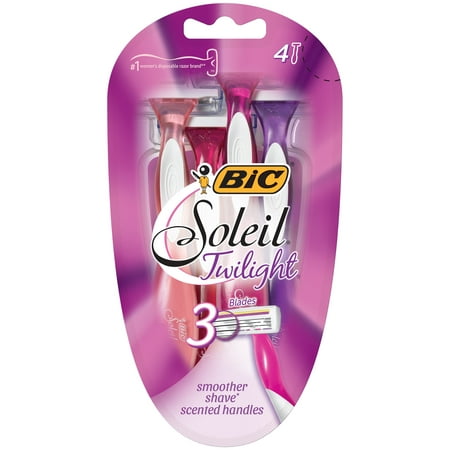XFIT About Face Stainless Steel Double Edge Razor Blades, 5 Ct
XFIT About Face Stainless Steel Double Edge Blades fit all double edge razors and more. XFIT stainless steel blades are made from the highest quality steel in Japan. Each blade provides unsurpassed quality, smoothness and durability for a long lasting, smooth shave. Consistently close and comfortable shave without tugging/pulling facial hair, you’ll stay soft and smooth all day. Each blade is individually wrapped in wax paper to maintain the razor’s quality and sharpness.






XFIT About Face Stainless Steel Razor Blade, Double Edge Blade, 5 CtHigh quality stainless steel made in JapanEach blade is individually wrapped in wax paperUse as a face shaver or in a callus removerDouble edged for close, comfortable shaveDoes not tug or pull facial hairTry the entire XFIT line:XFIT About Face Sonic ShaverXFIT About Face Tailoring KitXFIT About Face Double Edge BladesXFIT About Body Break Free Nail ClipperXFIT About Body Heel SaverXFIT Travel Pack





Reviews
There are no reviews yet.